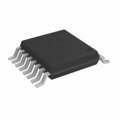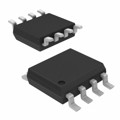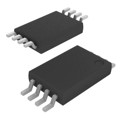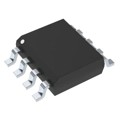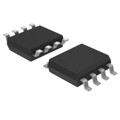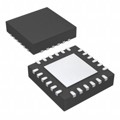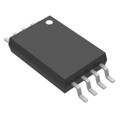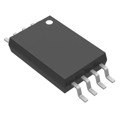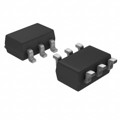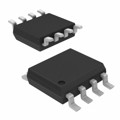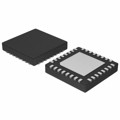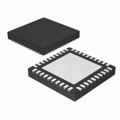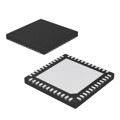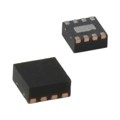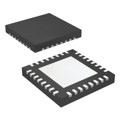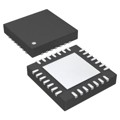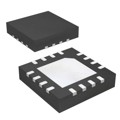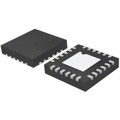Clock Buffers and Clock Drivers are pivotal components in the realm of integrated circuits, ensuring the precise distribution and synchronization of clock signals across various electronic systems. These components are essential in maintaining the integrity and performance of digital circuits by amplifying and distributing clock signals to multiple destinations. Below, we explore the diverse applications of Clock Buffers and Clock Drivers across various industries.
1. Telecommunications
In the telecommunications industry, Clock Buffers and Clock Drivers play a crucial role in ensuring the synchronization of data transmission across networks. They are used in base stations, routers, and switches to distribute clock signals to various components, ensuring seamless communication and data integrity. By providing low-jitter and low-skew clock signals, these components help maintain the efficiency and reliability of telecommunication systems.
2. Consumer Electronics
Consumer electronics, such as smartphones, tablets, and gaming consoles, rely heavily on Clock Buffers and Clock Drivers to manage the timing of various internal processes. These components ensure that processors, memory, and peripheral devices operate in harmony, enhancing the overall performance and user experience. By minimizing signal distortion and power consumption, they contribute to the longevity and efficiency of consumer electronic devices.
3. Automotive Industry
The automotive industry utilizes Clock Buffers and Clock Drivers in advanced driver-assistance systems (ADAS), infotainment systems, and engine control units (ECUs). These components help synchronize the operation of sensors, processors, and communication modules, ensuring accurate data processing and real-time decision-making. As vehicles become more connected and autonomous, the demand for reliable clock distribution solutions continues to grow.
4. Data Centers
In data centers, Clock Buffers and Clock Drivers are integral to the operation of servers, storage systems, and networking equipment. They facilitate the distribution of high-frequency clock signals across multiple processors and memory modules, ensuring efficient data processing and storage. By reducing latency and enhancing signal integrity, these components support the high-performance computing needs of modern data centers.
5. Industrial Automation
Industrial automation systems, including robotics, programmable logic controllers (PLCs), and human-machine interfaces (HMIs), depend on Clock Buffers and Clock Drivers for precise timing and synchronization. These components ensure that various sensors, actuators, and control systems work in unison, optimizing production processes and improving operational efficiency. As industries move towards smart manufacturing, the role of clock distribution solutions becomes increasingly significant.
In conclusion, Clock Buffers and Clock Drivers are indispensable in a wide range of industries, providing the necessary clock signal distribution and synchronization to enhance the performance and reliability of electronic systems. As technology continues to evolve, the demand for these components is expected to grow, driving innovation and development in the field of integrated circuits.

